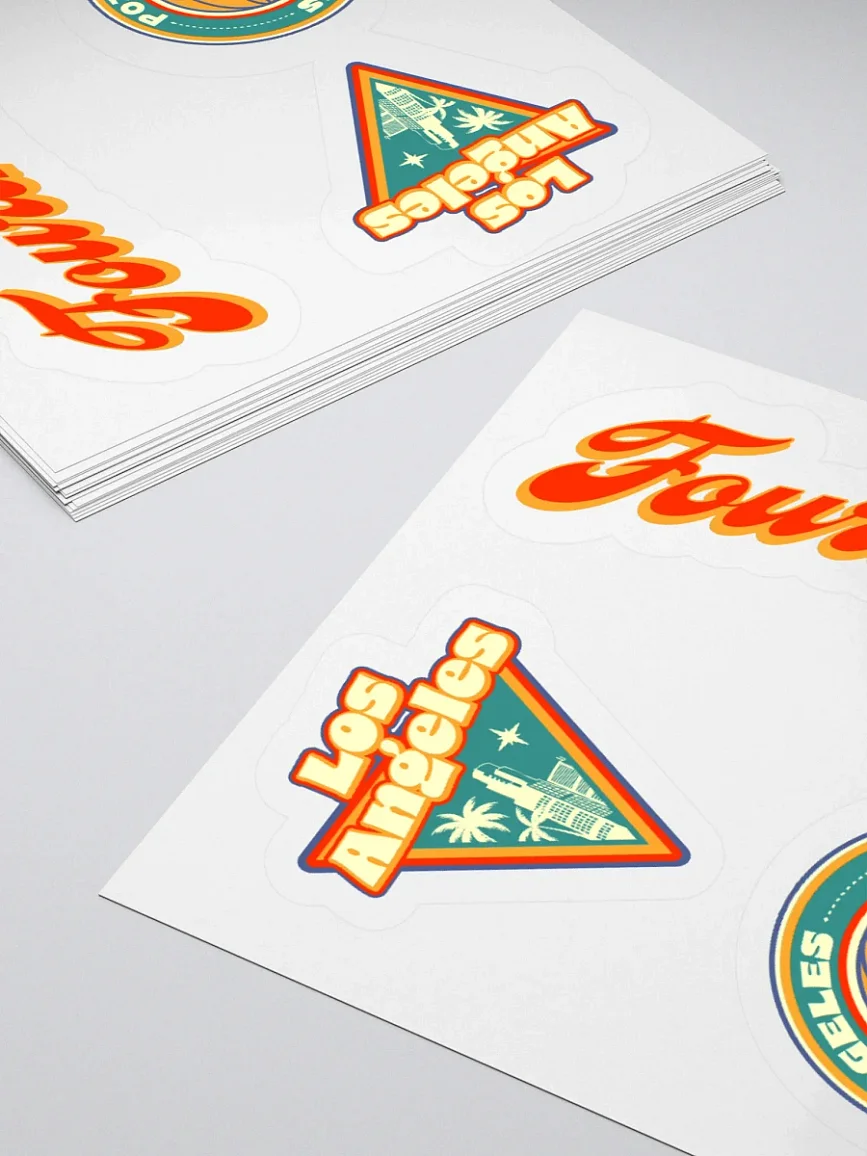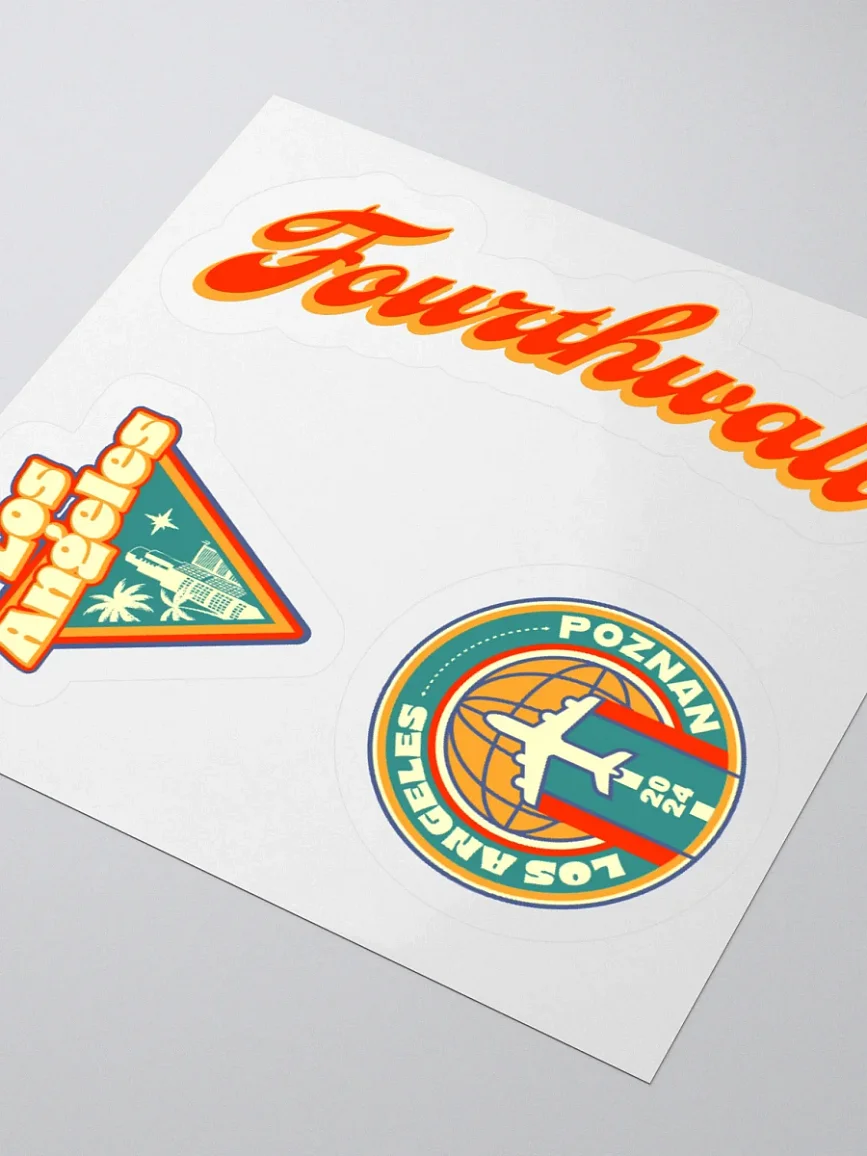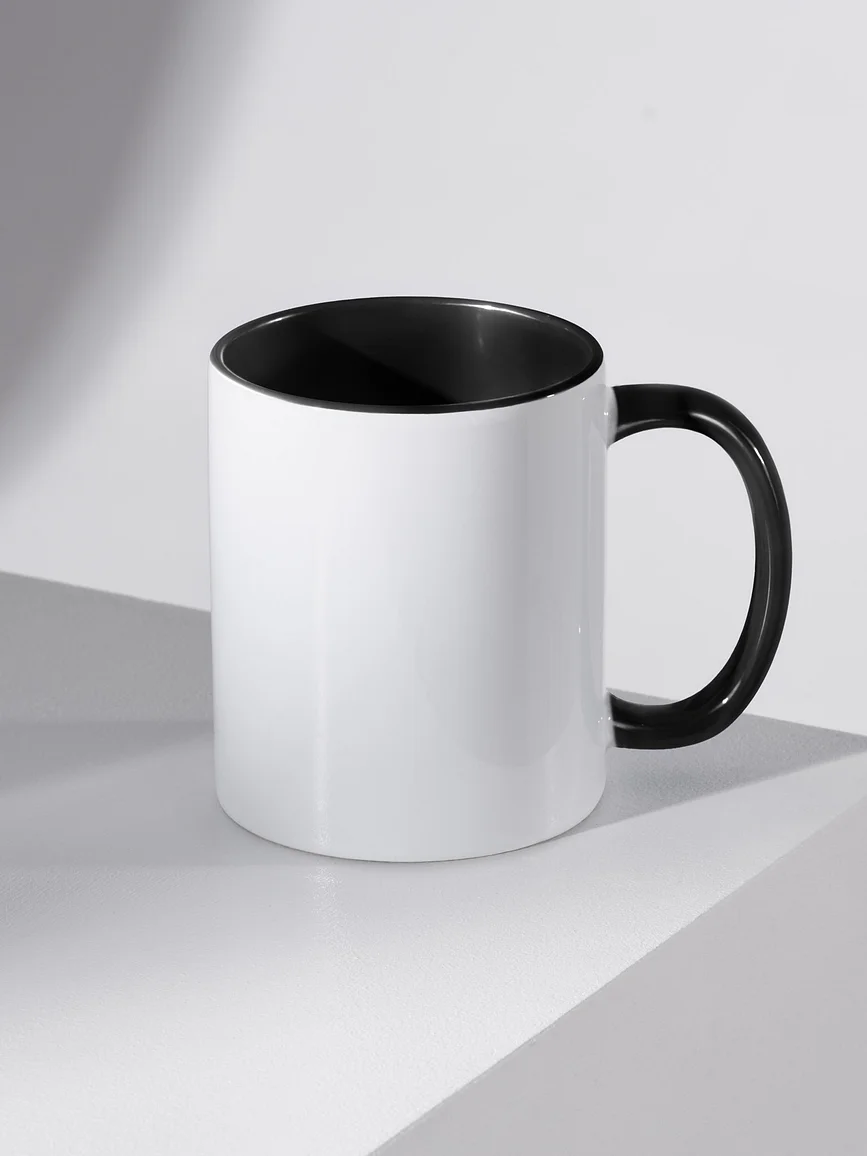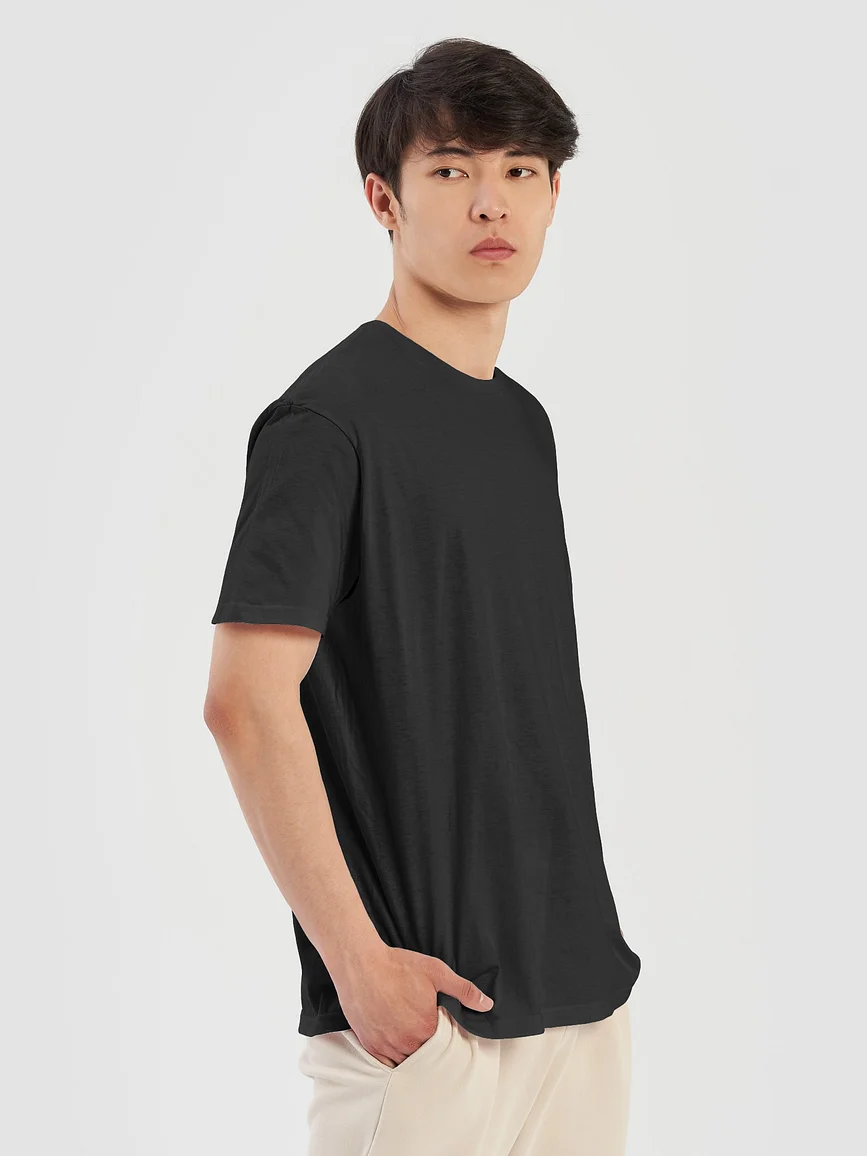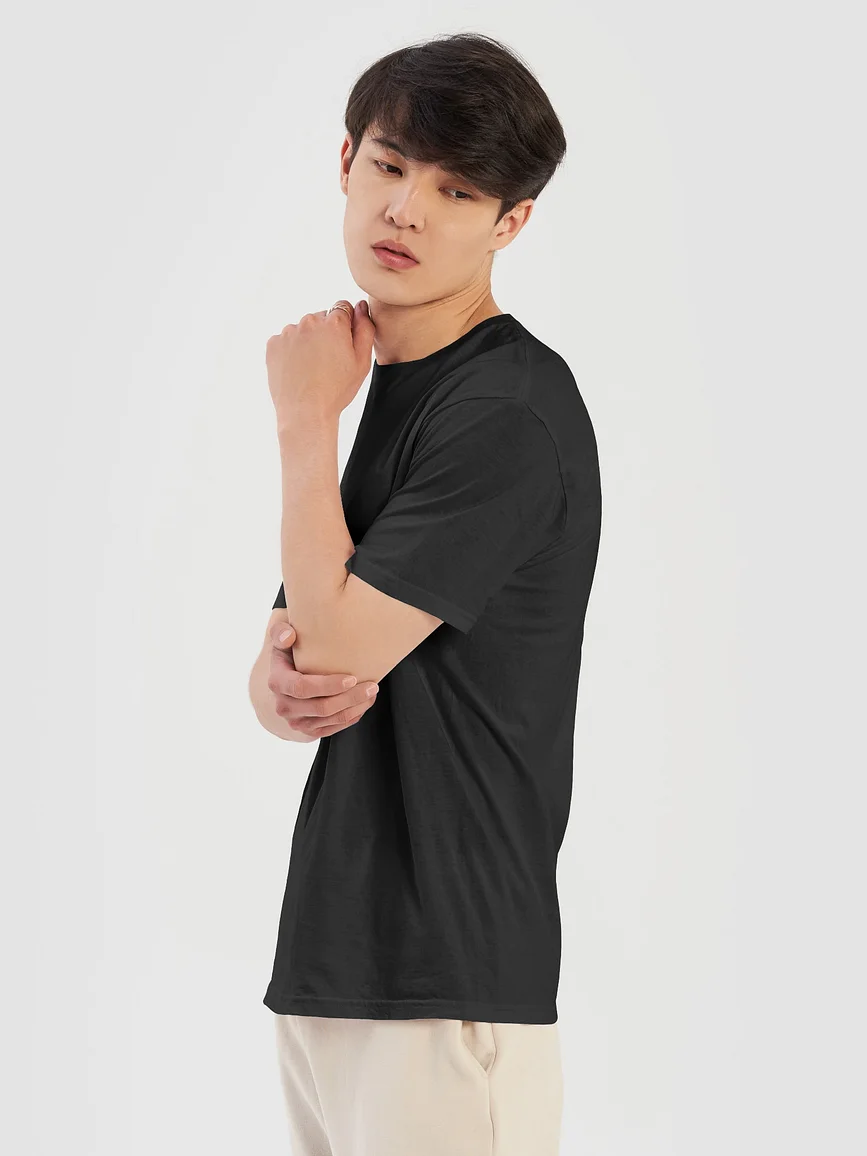Best Teespring Print on Demand Alternatives

Print-on-demand has revolutionized the ecommerce industry by offering a convenient method for creators to sell products online without having to worry about inventory and shipping.
For years, Teespring (now also called Spring) was alongside the pack at the front of the print-on-demand market, providing users with an impressive catalog of products while handling production and shipping at a limited cost. However, the once notable ecommerce marketplace has seen a decline in customer satisfaction over the past few years, with users voicing their concerns about higher prices, delayed payouts, and a general lack of customer support.
Fortunately, the print-on-demand merch industry has seen a surge of new and more reliable platforms over the last few years that are really standing out and giving Spring a run for its money. Let's explore 12 platforms that are better alternatives to Spring, and look at an in-depth analysis of each one to help you make an informed decision.
How to Choose the Best Alternative
If you are a content creator looking to monetize your merchandise, you've likely heard of Teespring/Spring. Their print-on-demand platform offers a range of customizable products, from T-shirts to phone cases, and handles the fulfillment process for you.
However, many Spring users have moved on to other merch platforms like Fourthwall, which offers superior quality products and premium features tailored for creators looking to elevate their brand's monetization capabilities.
When choosing the right print-on-demand platform for your online store, it's important to consider a platform that can provide you with the necessary products and tools to make your brand flourish. So, before we dig into our list of alternatives, let's take a look at some important key factors you need to consider when choosing the right platform.
Product Options
One of Teespring's biggest advantages is the ability to customize your products fully. With over 180 items in their catalog, they've been able to provide creators with options to brand custom apparel like shirts, sweaters, and hats. However, the platform’s lack of providing a broader range of premium-quality goods and their higher pricing can pale in comparison to other alternatives in the market.
When choosing your print-on-demand company, make sure you choose a platform that offers a similar level of customization while providing higher-quality products at affordable costs. This may include the ability to add your own designs, logos, and slogans, as well as select color combinations and product types.
Storefront Customization
Choosing a print-on-demand platform that offers you the tools to create your own storefront is not only a plus; it’s a straight-up advantage. Many ecommerce companies are tailoring their platforms to give creators the ability to build their own websites to launch and sell their products. While Spring does offer users the ability to launch their own shop, their site’s customization tools are more limited than other options.
Whether it's customizable themes, flexible design options, or integrations with third-party apps and services, personalizing your storefront is essential for standing out in a crowded marketplace.

YouTube creator Phil DeFranco's Fourthwall shop, Beautiful Bastard, has a ton of customizable features that provide users with an interactive shopping experience.
Fulfillment and Shipping Time
Another important factor to consider is fulfillment and shipping time. Make sure the alternative you choose has a reliable and efficient fulfillment process that can handle your order volume. You’ll also want to look for a platform that offers fast and affordable shipping options, as slow shipping times can lead to unhappy customers.
Customer Service
Customer service is another key to running a successful ecommerce store. In the past couple of years, Spring has seen a decline in custom support, with users complaining about a lack of response to serious issues like payment delays and product shipments.
When choosing the right platform, make sure to look for a company that has a strong reputation for customer support. The right platform should offer a variety of channels for customers to get in touch with you or the platform if they have a question or problem.
Price
Finally, consider the platform's price. While Spring offers a range of product prices and profit margins, some alternatives may charge fees or have different pricing structures. Be sure to read the fine print and calculate your expected revenue based on the platform’s pricing model. In general, however, there are many platforms today that offer equivalent or higher-quality items at a lower price point than Teespring.
12 Teespring Alternatives
There are many Teespring/Spring alternatives that you can use to sell their products online. Here are some of the best:
1. Fourthwall

Fourthwall is an ecommerce platform that offers an impressive amount of features and benefits for creators, all completely free to use. With its intuitive custom storefront builder, creators can easily design their own ecommerce store without any coding knowledge, empowering them to establish a unique online presence.
The platform has an extensive product catalog featuring over 300 retail quality print-on-demand items, including apparel, accessories, and digital products, providing creators with endless opportunities to monetize their creativity. Fourthwall stands out with its competitive pricing, offering low priced, high quality apparel, ensuring creators can maximize their profits.
Fourthwall offers a range of printing options, including direct-to-garment (DTG), embroidery, screen-printing, direct-to-film (DTFx), and sublimation printing, allowing creators to easily bring their designs to life. With worldwide shipping from fulfillment centers in the US, EU, UK, and AUS, Fourthwall ensures fast and affordable shipping around the globe.
Creators also retain full ownership of their customer emails and the flexibility to sell their own products, which helps them grow their brand on their own terms. Fourthwall really does provide creators with the tools they need to thrive!
Target audience: Content creators, including YouTubers, Twitch streamers, TikTokers, podcasters, artists, and musicians.
Price: Fourthwall's free to use; the platform takes 3% or less on print on demand products, and a 5% flat fee on memberships.
Pros:
- Richly featured ecommerce platform.
- Built-in website builder.
- Variety of printing options.
- Offers competitive apparel costs.
- Ability to sell both digital and physical products.
- Manages customer support on your behalf.
- Integrated shopping features, including YouTube Product Shelf, TikTok Shop, and Twitch Gifting.
Cons:
- Limited product options in some categories (e.g. makeup, sports products, and consumables.)
2. Sellfy

Another ecommerce platform specifically tailored for creators looking to market their products online is Sellfy. Sellfy caters to a wide array of digital goods such as eBooks, music, and software, and the platform offers creators an intuitive platform with many seamless integration options.
Similar to Fourthwall and Teespring, which offer the tools to build your own custom storefront, Sellfy provides creators with the same service. However, the platform provides very few options to customize your site, tailoring it to your aesthetic needs. Unlike its competitors, Sellfy does charge to join its platform, offering users a choice between three premium plans: Starter, Business, and Premium. While branding and customization options on Sellfy are relatively minimal, users can still incorporate their branding as a label on clothing items and as a logo or text during product design.
Additionally, Sellfy supports integration with various platforms, including Facebook, Patreon, Twitter Ads, Google Analytics, and Etsy, offering users a range of options to expand their reach and streamline their operations. Unfortunately, the platform does not provide integration with other social media shops like YouTube Product Shelf, Instagram Shop, and TikTok Shop.
Target audience: Digital creators.
Price: The starter plan starts at $22/month after a 14-day free trial.
Pros:
- Easy to use interface.
- A wide range of product options.
- Excellent email marketing tools.
Cons:
- Limited customization options.
- Higher fees for processing payments.
- Limited shipping options.
- No integration with social media shops like YouTube Product Shelf, TikTok Shop, etc.
3. Printify

Printify offers creators access to a wide range of customizable products, from apparel and accessories to home decor. The platform provides multiple printing methods, including direct-to-garment (DTG), sublimation, and embroidery.
Printify’s mockup generator makes it easy for creators to design products and visualize how they’ll appear to customers. The platform integrates with various e-commerce tools like Shopify, Etsy, eBay, and WooCommerce, streamlining the fulfillment process. Creators can choose between free and premium plans, with premium users gaining access to discounted product pricing, 24/7 support, and additional features.
Unlike some platforms, Printify doesn’t offer its own marketplace or custom storefronts, requiring creators to connect with third-party platforms to sell their products.
Target audience: Entrepreneurs and creators using external ecommerce platforms.
Price: Free to sign up; premium plans start at $29/month.
Pros:
- Extensive product catalog with customizable options.
- Integrations with popular ecommerce platforms.
- Flexible pricing plans.
- Mockup generator for easy product visualization.
Cons:
- No built-in marketplace or custom storefronts.
- Quality varies depending on print providers.
- Creators must handle their own customer service.
4. Printful

Printful is a popular print-on-demand platform that allows creators to design and sell custom products such as T-shirts, hoodies, and other merchandise. Printful offers a range of high-quality products that can be seamlessly integrated with multiple ecommerce and online platforms, including Amazon and Shopify. Creators can choose from various print types, materials, and colors to customize their products.
With Printful's mockup generator, creators can visualize their designs on more than 350 available products, including clothing, accessories, bags, streetwear, and canvas prints. After generating mockups, Printful takes care of importing the designs into the creator's store, streamlining the process of showcasing and selling products to customers.
Once a customer makes a purchase, Printful takes charge of the fulfillment process, handling tasks such as creation and shipping, allowing creators to focus on attracting and engaging their audience.
Target audience: Creators selling clothing and accessories.
Price: Free to sign up; fees range per product.
Pros:
- Multiple ecommerce platform integrations.
- Automated fulfillment and shipping.
- A wide range of product options.
Cons:
- You'll need your own storefront, which means you'll need to pay a third-party platform like Shopify
- Have to provide your own customer support.
- Some categories have very few products.
- Refunds are only permitted for lost or damaged products.
5. Redbubble

Redbubble is online marketplace tailored for independent artists. It offers a platform for creators to showcase and sell their artwork through various mediums like apparel, accessories, home decor, and more. Similar to Teespring, Redbubble functions as both a print-on-demand platform and a marketplace, allowing users to sell products directly on the website while leveraging third-party printers for production.
Redbubble’s product pricing is determined by a combination of the base price and the user’s margin, with the base price deducted automatically upon customer purchase. Unfortunately, Redbubble’s product catalog is sizeably smaller (around 75 items) compared to other platforms, and its product costs are often considered too high for most creators.
Additionally, while Spring offers integrations with platforms such as YouTube, Twitch, Instagram, and Discord, Redbubble does not offer support for third-party integration.
Target audience: Artists and designers.
Price: Monthly account fee based on earnings (if sales are made), plus transaction and shipping fees.
Pros:
- Redbubble's platform drives traffic to you.
- Supportive community of artists.
- User friendly interface.
- Provide customer support.
Cons:
- No brand control.
- Doesn’t support third party integrations.
- Higher fees for processing payments.
- Longer shipping times for some products.
- No integration with social media shopping platforms.
6. Merch by Amazon (Amazon Merch on Demand)

Merch by Amazon, also called Amazon Merch on Demand, is Amazon’s own print-on-demand platform that allows creators to design and sell custom products on the massive Amazon marketplace. The platform provides a streamlined process; creators upload their designs, select product types, and Amazon takes care of production, shipping, and customer service. Creators earn royalties for every product sold.
One of the key advantages of Merch by Amazon is its reach. Amazon is the largest online shopping site globally and accounts for nearly half of all ecommerce sales in the U.S., offering unparalleled access to millions of potential customers. Additionally, products sold through Merch by Amazon are eligible for Prime Shipping, ensuring fast and reliable delivery.
However, Merch by Amazon is an invite-only program, which means creators must apply and wait for approval before getting started.
Target audience: Creators looking to tap into Amazon's massive marketplace.
Price: No upfront costs; royalties are deducted per sale.
Pros:
- No startup fees.
- Extensive reach on Amazon's massive marketplace.
- Your products are eligible for Prime Shipping.
- Amazon handles customer service.
Cons:
- Invite-only program can result in long waits for approval.
- Highly competitive marketplace.
- Limited product customization options.
7. Spreadshirt

Similar to Teespring/Spring, Spreadshirt functions as both a print-on-demand website and a marketplace for designed products, the platform offers creators the opportunity to earn income by either selling or designing unique products.
With over 250 custom printable items available, including popular choices like T-shirts, hoodies, and phone cases, creators have a good array of products to customize with their unique designs. Getting started on the Spreadshirt platform is straightforward, as creators simply need to create a seller account and begin designing artwork on their preferred products.
For those with Shopify stores, products can be published directly on their storefronts, while others can opt to sell their custom product designs in the Spreadshirt marketplace. With its dual functionality as a print-on-demand website and a marketplace, Spreadshirt provides creators with the tools and support needed to showcase and monetize their creativity effectively.
Target audience: Creators selling clothing and accessories.
Price: Free to sign up; fees vary per product/item.
Pros:
- Wide range of product options.
- Good quality prints.
- Easy-to-use interface.
- Integration with YouTube Merch Shelf.
- Provides customer support.
Cons:
- Limited product varieties.
- Limited customization options for storefronts.
- Shipping costs can be high.
- Three color maximum for higher quality print designs.
8. Society6

Society6 stands out as one of the oldest alternatives to Teespring in the print-on-demand fulfillment industry. Founded in 2009, Society6's marketplace primarily focuses on art products such as home decor, wall art, and framed prints, but it also accommodates the sale of tech accessories, stationery, and clothing.
To get started on Society6, you must have a PayPal account, which is necessary to open an artist shop on their marketplace. Society6 also offers a unique opportunity for creators to not only own an artist shop but also become art curators, earning commissions on top of their sales.
With a significant social media presence, Society6 drives consistent traffic to its marketplace, but creators are still responsible for promoting their custom products and executing their marketing strategies to stand out from the competition. It's also important to note that Society6 has a well-defined aesthetic, with a strong emphasis on art rather than T-shirts, which may or may not align with your niche.
Target audience: Artists and designers.
Price: Free to sign up; fees range from 10-30% per sale.
Pros:
- High quality products.
- Acts as a marketplace much like Redbubble does.
- No upload limit.
- Supportive community of artists/creators.
Cons:
- Need a PayPal account to sign up.
- Limited customization options.
- Poor analytics.
- Slow order fulfillment.
- Earnings take time to transfer.
- No integration with social media shops.
9. Zazzle

Zazzle is an online marketplace similar to Redbubble and Society6 that allows designers to create and sell custom products such as clothing, art, gifts, and accessories. While the platform offers unique customization options and a product pricing model based on royalties, navigating the site may pose challenges for some users; shipping times can be another challenging aspect.
In spite of that, Zazzle still remains a formidable alternative to Teespring, providing a platform where designers can showcase their products while simultaneously serving as a bustling marketplace for consumers. With an impressive 300 million unique products listed on its catalog, Zazzle’s partnerships extend to renowned brands like Hallmark, Disney, Marvel, and DC Comics, making it stand out in the print-on-demand game.
Zazzle also offers robust integration with Google Analytics and an API, reinforcing its position as a versatile hub for creators seeking to monetize their designs.
Target audience: Primarily designers.
Price: Free to sign up; you set the royalty rate on your products.
Pros:
- Wide range of product options.
- Acts as a marketplace.
- High-quality products with well known brands alongside.
- Bulk order discounts.
Cons:
- No third party integrations.
- Long delivery times.
- Shipping costs can be high.
- No integration with social media shops.
10. Gooten

Established in 2012, Gooten has built a strong reputation for offering high quality products, a user friendly experience, and seamless integrations with major ecommerce platforms like Shopify, Etsy, WooCommerce, and BigCommerce.
Creators can choose from over 500 customizable product options, including apparel, mugs, phone cases, tote bags, and more. Gooten regularly audits its inventory to ensure high-quality standards, and most items are produced within two days and shipped worldwide in about four days, providing fast fulfillment for customers.
Gooten also stands out with its order management tools, allowing creators to monitor and manage orders in real time. The platform's flexible product hub enables users to either upload their own designs, or select from pre-made designs by other artists. With no monthly fees or subscriptions, creators only need to account for production and shipping costs, which Gooten helps calculate through its own expense calculator.
Target audience: Small businesses and creators seeking efficient order management and high-quality products.
Price: Free to sign up; costs depend on production and shipping.
Pros:
- Wide range of customizable products.
- Integrations with major e-commerce platforms.
- Reliable production and shipping times.
- Easy-to-use order management tools.
Cons:
- Some products can be expensive to produce.
- Limited international shipping options.
Choose the Best Print on Demand Option for Your Community!
After considering all of the factors above, it's pretty clear that Fourthwall is a great alternative to Teespring! Fourthwall not only offers an extensive catalog of high quality customizable products, but also handles the fulfillment process and has a strong reputation for customer service.

What really sets Fourthwall apart is its focus on creators. With Fourthwall, you can both launch your own line of custom merch from apparel to drinkware, wall art to gaming gear - AND set up your own personalized homepage and exclusive memberships that your community will love.
If you’re a content creator looking for a powerful and welcoming print on demand monetization platform, we've got your solution - join Fourthwall today!








